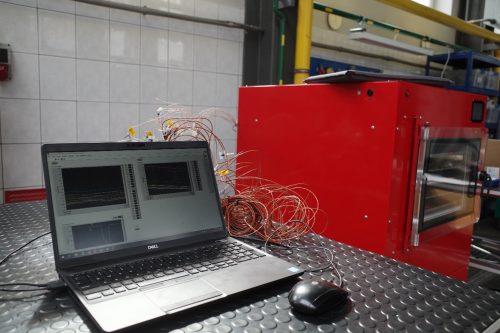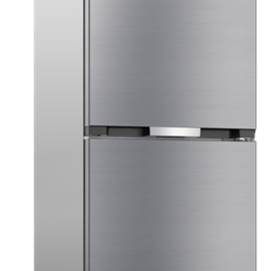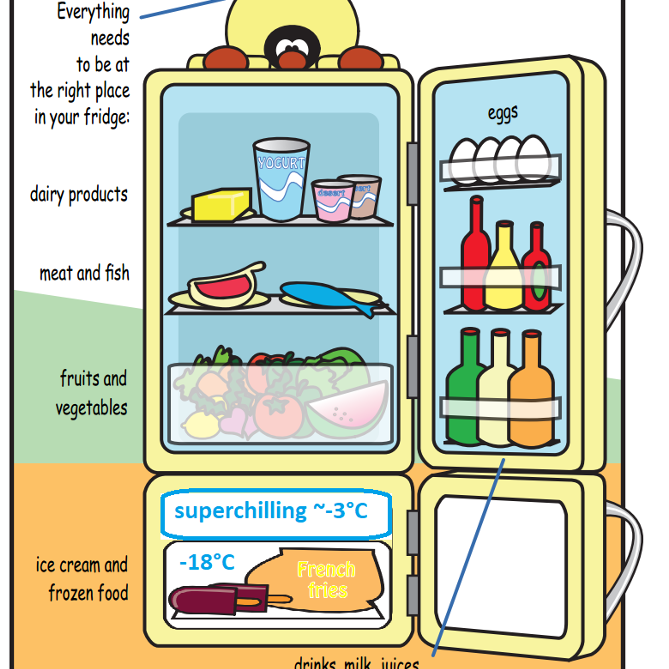Freeze-dried vegetables and fruits ready for long-term storage
Small-scale industry & domestic freeze-dryer produced by FrostX during tests
Experimental and numerical results presenting the temperature of a sample during the vacuum-freezing stage
Long-Term Food Storage
Location:
SUT (Silesian University of Technology), Gliwice, Poland & FrostX, Gliwice, Poland
Food Category:
Meat, Fish, Fruits & Vegetables, Dairy
Application:
Household and small-scale industry
Main Chain Link:
Domestic
Impact:
Reduction of GHG emissions by improving existing freeze-drying technology which allows for a food transport and storage without any refrigeration system, reduction of food losses with a long-term preservation method
The freeze-drying technology allows to remove nearly 100% of the water from food products by performing the drying process of frozen foods under vacuum conditions, where the ice sublimates directly into vapour. The final products are high quality, have perfect taste attributes, and can be stored at room temperature for a long time.
Conventional freeze-drying is characterised by the long time required to complete the whole process, mainly due to the diffusion of humidity out of the food products. To speed up this process, the freeze-drying can be integrated with the vacuum-freezing technique. This innovative cooling and freezing method is based on heat removal, which makes use of evaporation heat, induced by lowering the pressure in the chamber. Vacuum freezing is a rapid freezing method and also enhances the porosity of foods, which, as an effect, reduces the time required for their drying.
The “Long-term food storage” demonstrator will present the modern freeze-dryer for domestic and small-scale applications that will be integrated with the vacuum freezing system. Numerical simulations of the process will allow to improve the control system and to shorten the total time required for the food drying. The technology of food products freeze-drying will help with reducing the food waste and allow for their storage and transport without necessary chilling or freezing, which as a consequence, will reduce the energy demand and the GHG emissions.
MAIN CONTACT:
Jacek Smolka: jacek.smolka@polsl.pl, Silesian University of Technology
Michal Stebel: michal.stebel@polsl.pl, Silesian University of Technology
Krzysztof Hoink: krzysztof.hoinka@frostx.pl; FrostX











